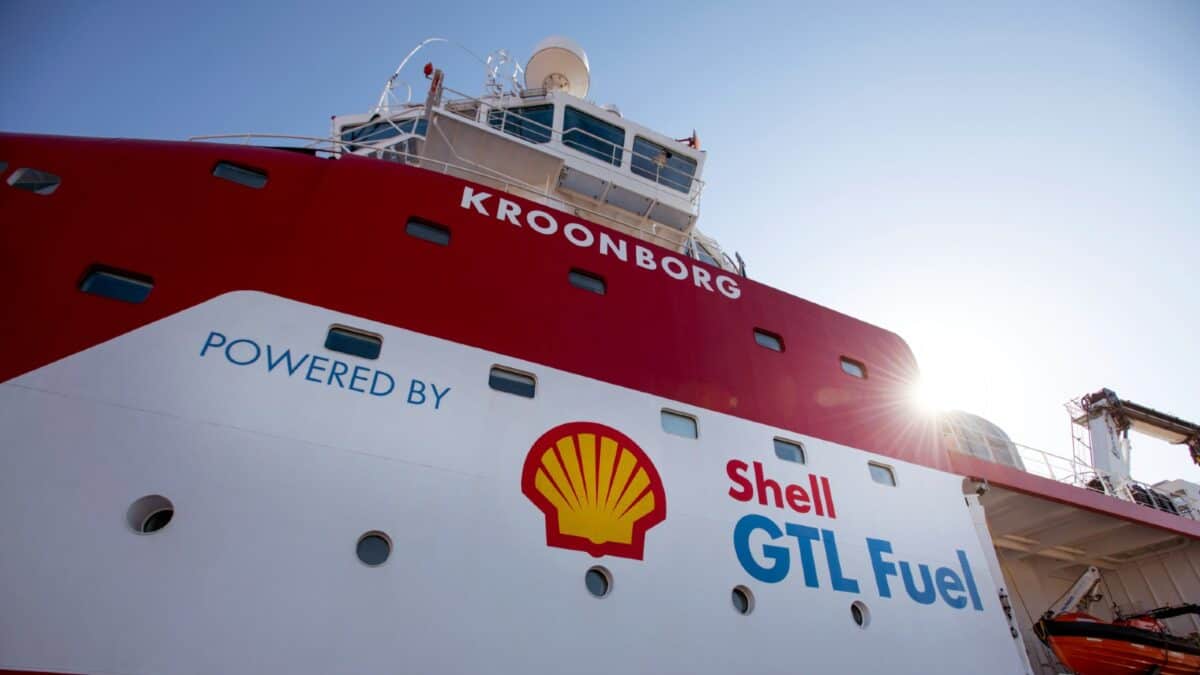Shares in FTSE 100-star Shell (LSE: SHEL) are still down around 5% from their October 18 high this year. This is good for me, as I am seriously considering adding to my holding in the oil and gas giant.
Bullish operating space
When he took over as CEO on January 1, Wael Sawan reaffirmed Shell’s core commitment to oil and gas.
He underlined that the firm would keep oil production at 1.4m barrels per day until 2030. He added that it would expand its huge liquefied natural gas business.
This is a very good move for two reasons, in my view. First, the transition to greener energy will likely take much longer than many analysts estimate. The International Energy Agency recently said that government pledges fall well short of achieving greenhouse gas ‘net zero’ by 2050.
Second, the oil market has been in a broadly bullish trend since the invasion of Ukraine last year. Resultant sanctions on major energy exporter Russia dramatically reduced supplies, pushing prices higher.
September 5 saw Saudi Arabia extending its rolling 1m barrels per day (bpd) oil production cut to the end of this year. Russia said it would do the same for its 300,000-bpd cut. These commitments were reaffirmed on November 5.
One risk in the stock, of course, is that there is a sustained slump in global commodities prices. Another is that anti-oil protests might cause the company to expedite its energy transition. This could cause failures in its energy delivery networks.
Strong core business
Shell’s refocusing on oil and gas helped produce some strong Q3 results overall.
It is true that adjusted earnings were 34% lower than in Q3 2022. However, during that period last year, oil and gas prices were still spiralling upwards following the Ukraine invasion.
The fact remains that Shell still made a profit of $6.2bn in just one quarter. Also positive for me was that earnings per share (EPS) of $1.06 were up from Q3 2022’s $0.93.
In fact, over the last three years on average, Shell’s EPS has increased by 86% per year but its share price has only increased by 40% per year. This means to me that a significant valuation gap may have opened.
Additionally, the company announced new share buybacks of $3.5bn over the next three months. These tend to have a bullish effect on a share price.
Undervalued to its peers
Shell trades at a price-to-earnings (P/E) ratio of just 7.4. Brazil’s Petrobras is at 3, the US’s ExxonMobil and Chevron areat 10.4 and 10.9, respectively, and Saudi Arabian Oil is at 15.9.
Given the peer group average of 10, the UK firm looks significantly undervalued.
To gauge the level of undervaluation, I use the discounted cash flow (DCF) method, using several analysts’ DCF valuations as well as my own.
The core assessments for Shell are now between around 20% and 70% undervalued. The lowest of these would give a fair value per share of about £33.11, compared to around £26.49 now.
There is no guarantee that the stock will reach that point, of course. But it does underline to me again that it currently offers very good value.







